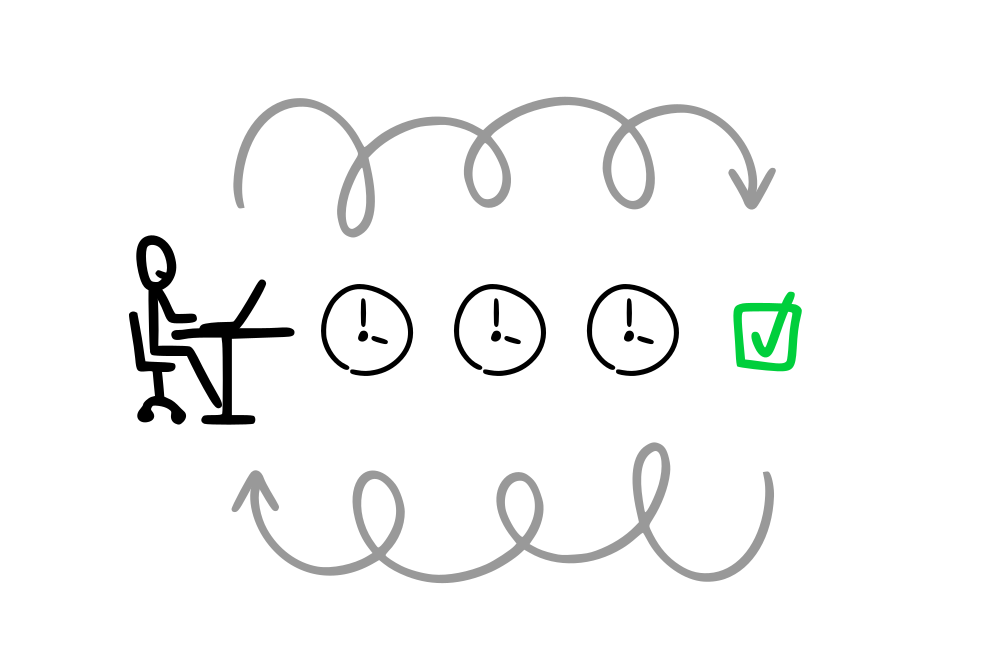
The Challenge of Managing Research Workflows
As a researcher, juggling multiple projects simultaneously can be overwhelming. It's easy to get lost in a sea of papers, data sets, and half-formed ideas. Maintaining momentum is crucial, yet often challenging. Effective progress tracking offers numerous benefits, including providing a tangible representation of accomplishments, identifying bottlenecks, and transforming scattered research processes into streamlined workflows.
AI-Powered Research Workspaces: A Game-Changer
ResearchFlow is an AI-powered research workspace revolutionizing how researchers manage and track their progress. It harnesses artificial intelligence to transform complex academic papers into interactive knowledge maps, creating visual, interconnected representations of ideas that you can explore and expand upon.
Key features for monitoring research advancement include:
One-click PDF upload functionality
AI-powered analysis and concept identification
Structured knowledge map creation
Multi-document comparison capability
Visual alignment of related concepts across sources
These features save time on initial paper comprehension and note-taking while enabling researchers to spot trends, gaps, and conflicting viewpoints across multiple documents.
Digital Tools for Organizing Research Materials
cloud-based document management systems
Cloud-based document management systems offer centralized storage solutions with numerous advantages, such as access to research materials from anywhere, safe backup of documents, real-time collaboration features for team projects, and robust search capabilities for quick information retrieval.
Reference Management Software
Reference management software streamlines the citation process and maintains an organized bibliography. It offers automatic citation generation in multiple styles, seamless integration with popular writing software, easy insertion of citations, and bibliography generation. Many also include collaborative features for research teams.
Visual Progress Tracking Methods

Gantt Charts for Research Timeline Management
Gantt charts are powerful visual tools for managing research timelines. They display tasks as horizontal bars along a timeline, offering a comprehensive view of project schedules. Gantt charts excel at tracking dependencies and milestones, allowing researchers to anticipate potential delays and plan proactively.
Kanban Boards for Task Progression
Kanban boards offer a flexible way to implement agile methodologies in research workflows. They consist of columns representing different stages of work and cards representing individual tasks. This visual system allows researchers to get a quick overview of all tasks, identify bottlenecks, limit work-in-progress, and collaborate effectively with team members.
Data Analysis and Visualization Tools
Statistical Software for Quantitative Research Tracking
Statistical software plays a crucial role in monitoring data collection progress and analyzing interim results. These tools enable researchers to process large datasets, perform complex analyses, and generate visualizations revealing patterns and trends. Features often include real-time data entry, progress tracking dashboards, and automated alerts for data anomalies.
Qualitative Data Analysis Platforms
Qualitative data analysis platforms are essential for researchers working with non-numerical data. They offer sophisticated features for coding and categorizing textual data, allowing identification of themes, patterns, and relationships within qualitative research materials. These platforms excel at visualizing themes and patterns through concept maps, word clouds, or network diagrams.
Implementing ResearchFlow in Your Research Workflow
Getting Started with ResearchFlow
Setting up your workspace in ResearchFlow is straightforward:
Create an account and familiarize yourself with the interface
Gather all your PDFs, notes, and digital research materials
Use the one-click upload feature to add PDFs to your workspace
Drag and drop other document types into appropriate project folders
Allow ResearchFlow's AI to analyze and organize your documents
Optimizing ResearchFlow for Progress Tracking
To optimize ResearchFlow for tracking research progress, customize knowledge maps to fit your specific research needs, use the AI-assisted mind mapping feature for flexible idea organization, and create a central node for your main research question or hypothesis. Branch out with sub-nodes for different aspects of your research, use color coding to distinguish between completed work, ongoing tasks, and future plans, and regularly review and update your mind map to reflect current research status.
Measuring and Reporting Research Outcomes
Metrics for Evaluating Research Progress
Defining key performance indicators (KPIs) is crucial for objectively measuring research progress and success. Common KPIs in academic research include:
KPI Category | Examples | Purpose |
|---|---|---|
Output Metrics | Papers published, conference presentations | Measures tangible research outputs |
Impact Metrics | Citation count, h-index, altmetrics | Assesses research influence and reach |
Process Metrics | Milestones met, experiments completed | Tracks day-to-day research progress |
Generating Progress Reports with AI Assistance
Leveraging ResearchFlow's AI for comprehensive summaries can streamline the process of generating research progress reports. To make the most of this feature:
Regularly update knowledge maps and research notes within ResearchFlow
Use the AI summary generation tool to create an initial draft
Review and refine the AI-generated content, adding personal insights
Customize the report structure to highlight key achievements and milestones
ResearchFlow's AI can also help tailor content and format for different stakeholders, ensuring progress reports are comprehensive, relevant, and engaging for each specific audience.

